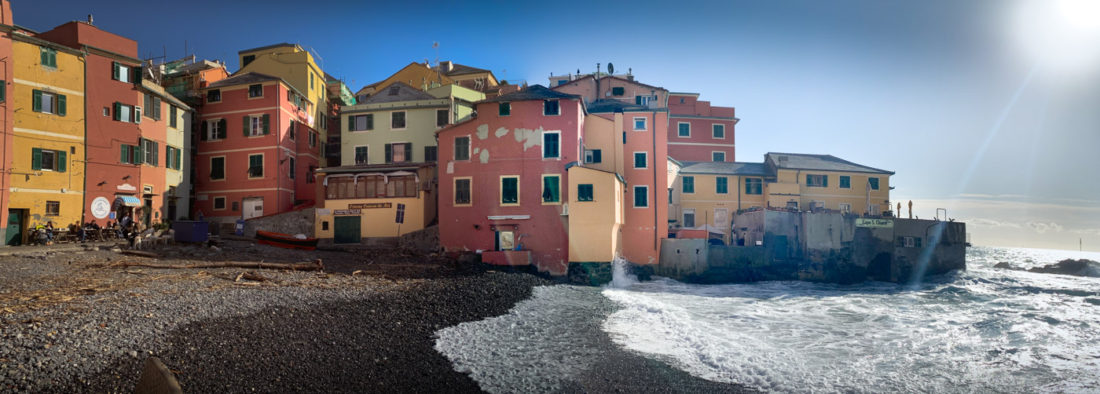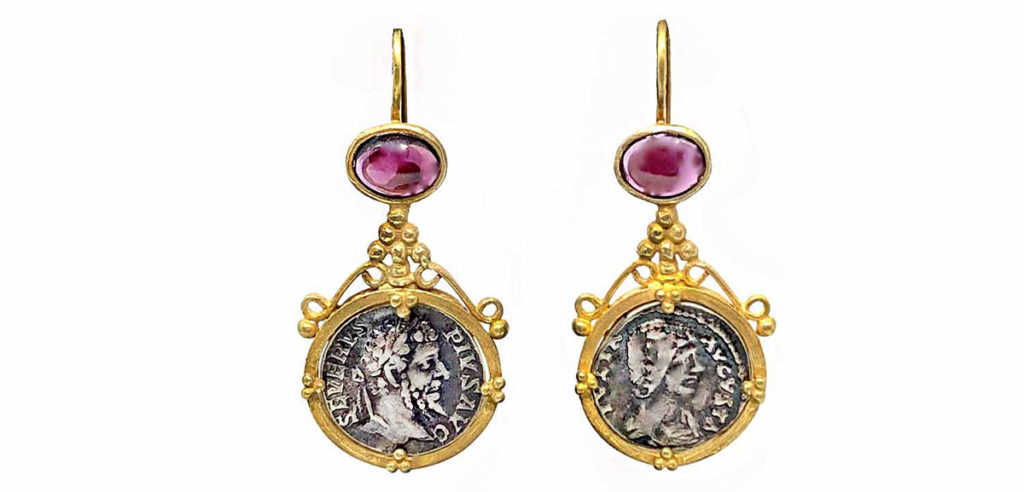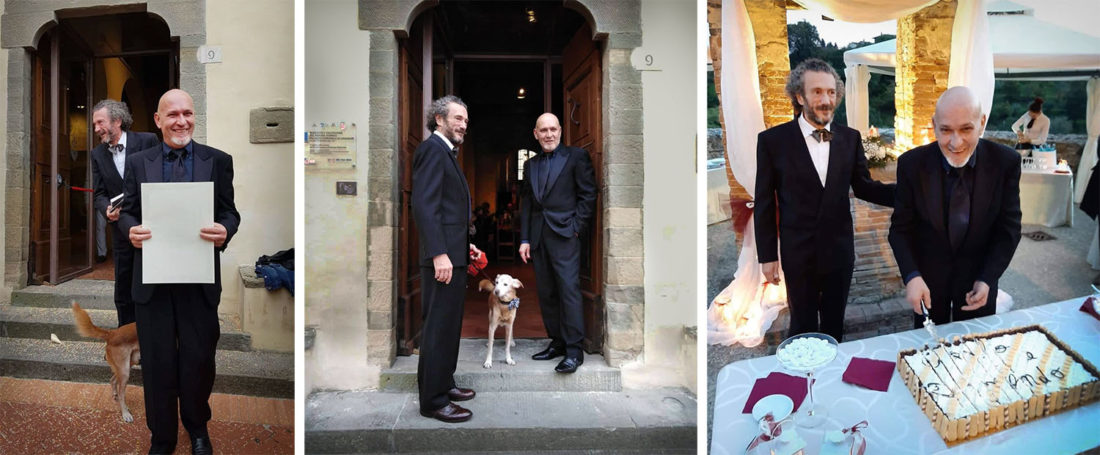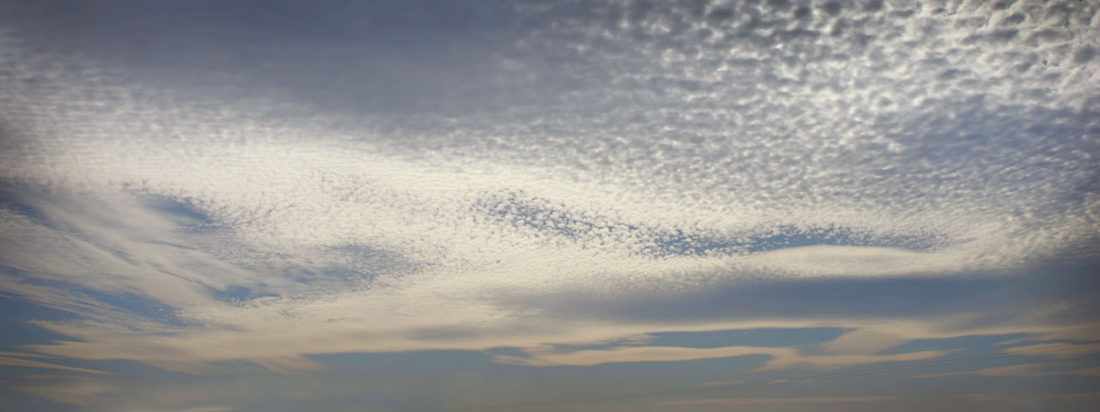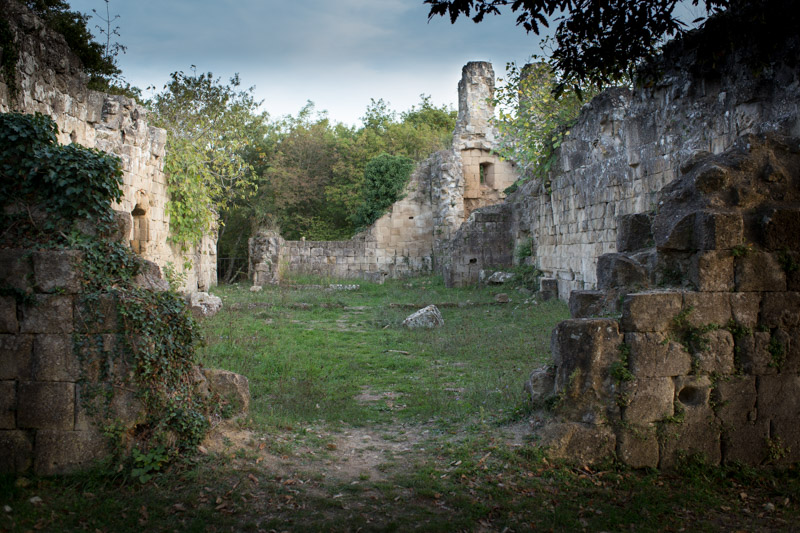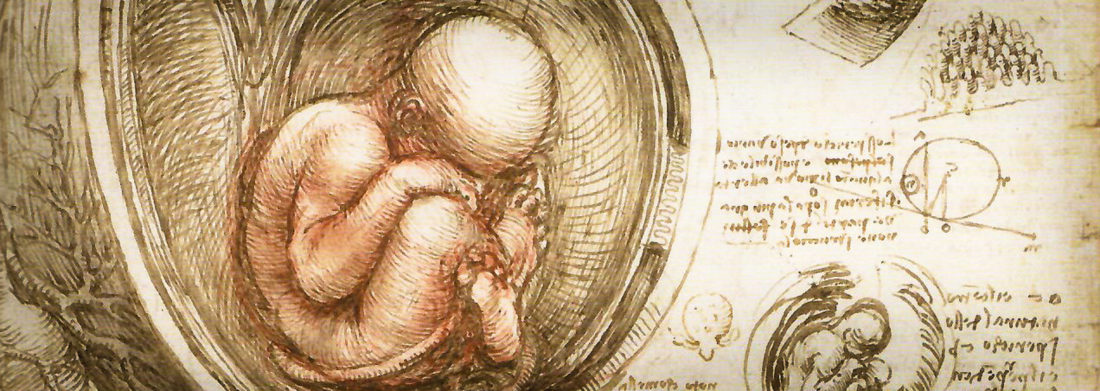November 24, 2019
In
Best Of, Live
By
Nancy
The love affair started started when Sebastian, then age eight, shot his Nerf gun through a window at a bride-to-be preparing for her wedding day. He managed to hit Anna-Sophie in the head with a foam bullet while she was doing her hair and got one of the best dirty looks in history. The first meeting was not promising.
We had moved to Tuscany that day and into a house in the countryside for a few weeks, so that the kids could start school, until our ten-month rental in town became available.
It was the same day that the son of the family who rented us the house, Livio, was marrying a lovely woman from Germany, Anna-Sophie, who was staying with her family in the house next door. The groom’s father explained away the Nerf incident by attributing it to the DNA of my husband, John, who he believed to be a part of the US Special Forces (for those who know John this is laughable) rather than the barbaric nature of eight-year old boys. How this very funny case of mistaken identity occurred we are still not sure even seven years later.
Despite the first encounter we all became fast friends and Anna-Sophie agreed to show Sebastian the Italian ropes for the first year or so, a curriculum much helped by liberal applications of Coca Cola, almost daily lunches with the extended family, and Angry Birds games every day after school at the local cafe during “study” sessions.
It didn’t take long for me to realize that Livio is the sixth generation of a family who makes some of the highest quality, and best designed textiles in the world, called Busatti. They have stores worldwide, and are represented in high-end stores (dog whistle here) like ABC, Aero Studios, and John Derian in New York, Diptyque in Paris, Sue Fisher King in San Francisco, and Neiman Marcus.

Busatti started (in the same building as the current headquarters) in 1755 as a bit of a catch-all mercantile that shifted to cloth production in 1797 when soldiers from Napoleon’s army moved into the top floors of the store and brought an enormous, steam-driven loom to make wool into uniforms and blankets which was installed in the basement. By 1799 the Busatti family had taken back control of their store and the weaving equipment which the army left behind—it’s massive. The machines still crank away in the basement, although now driven by electricity rather than steam.

After the equipment sat dormant for several decades Mario Busatti added eight wooden looms, a warping machine, and a staff of ten in 1842 . They’ve been at it ever since.

I love that Busatti products are a perfect mix of tradition, still largely produced on punch card driven looms, and innovative designs under the capable leadership of Livio and his brother Stefano. I go in frequently to get seasonal inspiration because there is always something new to see. Plus they will special order anything you can imagine—bedding and table linens to any dimension, color, etc.
But let me cut to the chase. I can recommend some things that would make great gifts and they ship worldwide. Best of all, Anna-Sophie and Livio are giving a special discount of 20% to Itch readers through the holiday season. Make sure to click on this link to get the discount.
Here are my three favorite things from Busatti for gifts—although your discount covers anything on the site.
I have many of these wonderful stripey dish/tea towels and they give me pleasure every time I use them.

They are 60% linen and 40% cotton, come in a wide range of colors, you can get them plain or with embroidery, and they wash beautifully because they are thread-dyed so they don’t fade. (They call this weave Melograno.) I also love the weave called Due Fragole which also comes in a wide range of beautiful colors.

About a year ago I splurged and bought a linen robe which makes me happy every morning. Mine is in this beautiful not-too-light blue and washes well—I line dry and don’t iron and it’s soft and for me, nicely wrinkled.

But the slate gray robe is also jaw-dropping to me (and several friends who have succumbed.)

Busatti has just launched Mario the Blanket in honor of Mario Busatti. I haven’t purchased it yet, but really want one. It’s not quite large enough for a bed, but would be fantastic to cuddle up with on a sofa. It’s made of an interesting mix of cotton, wool, and seaweed fibers, which are supposed to have potent antioxidant properties and looks and feels lovely.
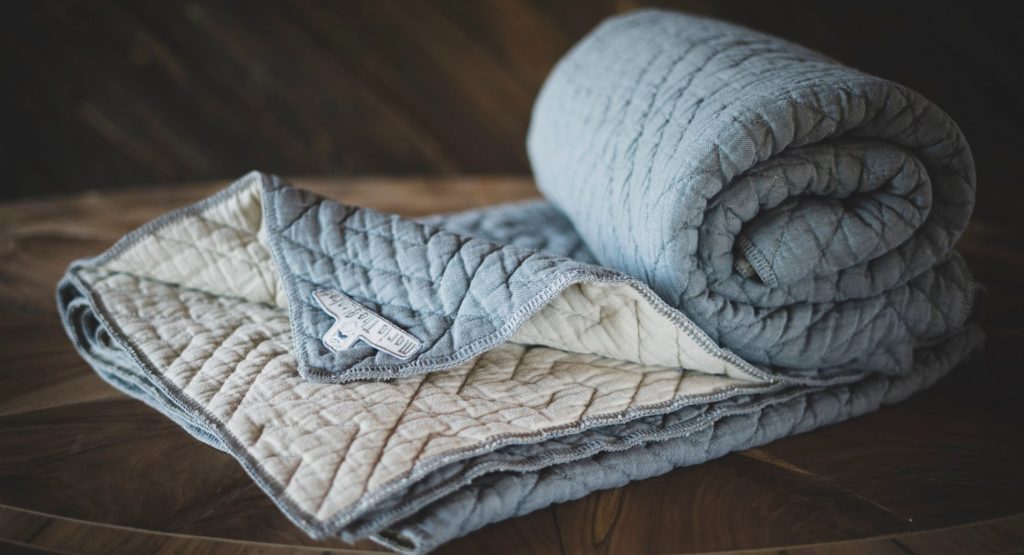
To shop, make sure you enter through shop.busatti.com/discount/ITCH20 to get the 20% discount. They ship to the outside Italy using UPS at reasonable rates and you will be supporting a fantastic family business as well as giving a lovely gift.
(Thanks to Busatti for the wonderful photos, which are all their copyright with the exception of the video and wrinkly robe photo, which are mine.)


